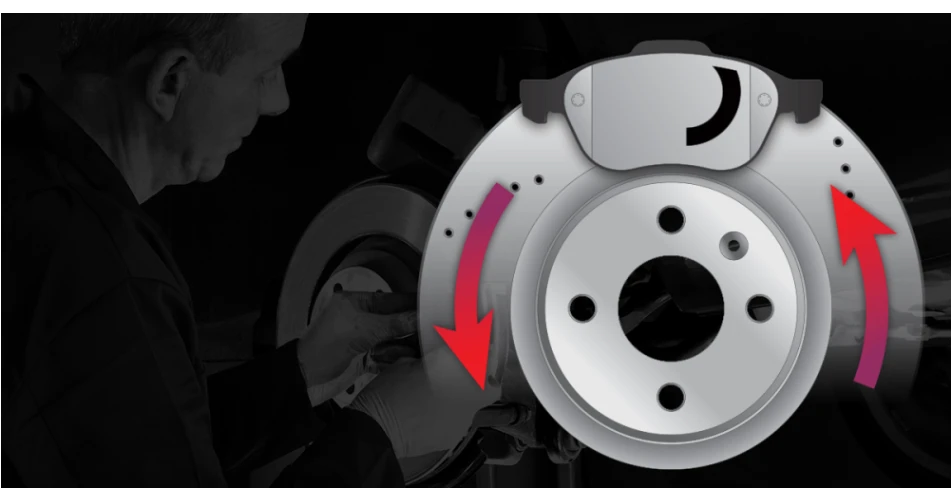Directionally mounted pads are now a feature on many OE braking systems. To reflect this development aftermarket brake specialists, Apec Braking has been for some time offering directional replacement pads that perform in line with the original equipment specification.
Apec says directional brake pads differ from a traditional brake pad, so measures need to be taken by fitters and technicians in order to minimise fitting issues. This includes understanding why these pads are in use. The main reason that car makers use direction pads is as part of their quest to reduce noise, vibration and harshness. Directional pads generally perform similarly to standard pads, but help to cut vibration or chatter and eliminate brake squeal.
Fitters need to be aware of fitting issues relating to chamfers, shims and shims with crescent of half moon cut outs. They also need to be aware of directional wear indicators and how these need to be replaced.
Apec says if a directional brake pad is fitted facing the wrong direction there is less chance of optimal braking efficiency. That will in all likelihood lead to pads squealing under application. Apec therefore recommends that technician take a few minutes to properly inspect both the pads being removed as well as the new pads intended for fitting for clues as to their orientation. For example, if it’s the first time a fitter has seen the car then he should identify how the previous pads were fitted, reverse engineering the process. The fitter should also look for chamfers, directional grooves, clip on shims, half crescent cut -outs and wear indicators.
A full Apec Tech Mate Bulletin, with illustrations, can be found on the Autobiz Tech Tips website at www.tectips.ie. Simply log on and search Apec directional pads. Garages can also get more information from the Apec’s technical support team on 0044-1454-324644).
